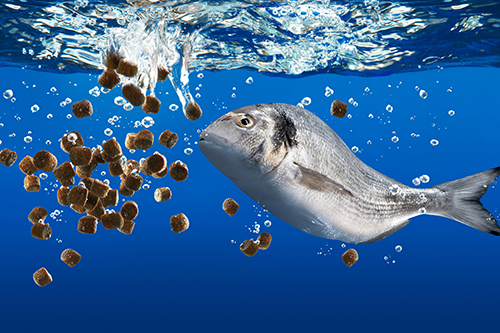Strong Peruvian anchovy season boosts this year’s fishmeal production

Substantial year-on-year increase in the Peruvian anchovy supply has meant that this year’s fishmeal production is higher than in 2023, according to the marine ingredients’ organisation IFFO.
The trade body has reported that this significant increase has been the dominating factor in the positive trend, as the rest of the regions analysed have reported a decline in the first 9 months of the year, compared to 2023.
Peru has historically represented around a fifth (20%) of the global fishmeal and fish oil production, almost 20% of the 2.51million-mt quota has, to date, already been fulfilled in the North-Centre region since the fishing season started on 1 November. The quota had been fixed at a higher level that the 2 previous ones, 2.283m tons in 2022 and 1.682m tons in 2023.

Generate $1.3 billion in foreign currency
The quota ranks as the third highest in the last decade for the region, according to Sergio Gonzalez Guerrero, head of the Peruvian Production Ministry (PRODUCE), who said: “In economic terms, it will generate more than $1.3bn in foreign currency, with anchoveta as a commodity for indirect human consumption, driving one of the country’s most productive and efficient industries: fishmeal and fish oil.”
Total cumulative output of fish oil through September was nearly unchanged, compared to last year, showing just a 1% year-on-year rise. This was down to increased output from Peru, offsetting declined in cumulative production in other regions.
China
Meanwhile, the IFFO has reported that China’s production of fishmeal and fish oil has remained subdued so far this year, due to less wild captures. Production levels in 2024 are projected to be lower than last year. Cumulative fishmeal imports through September rose year-on-year, reflecting increased stockpiling despite off-season demand.
The aquaculture sector has now entered its low season, and total aquafeed production for 2024 is expected to fall below last year’s level. Fishmeal consumption is likely to rebound in conjunction with the start of the main aquaculture season in April 2025.
Meanwhile, the pig sector is entering its peak demand season for fishmeal consumption, which is craven by commercial piglet feed and is mostly purchased by medium and small-scale farmers.











